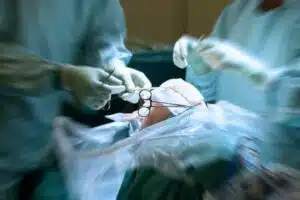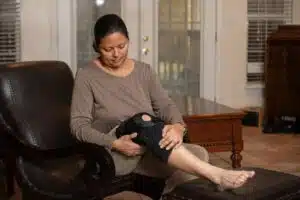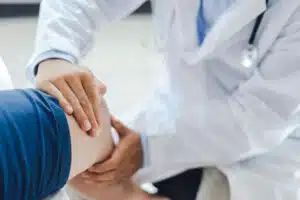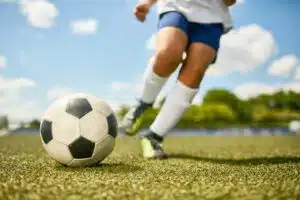Rehabilitation following anterior cruciate ligament (ACL) surgery is a critical phase in the recovery journey for individuals seeking to regain optimal knee function and return to their desired level of physical activity. However, this process is not without its challenges, as there can be roadblocks to a successful post-operative rehabilitation that patients may experience. In…
Blog
The Impact of Age and Activity Level on ACL Surgery Outcomes
An Anterior Cruciate Ligament (ACL) tear can be a result of sudden twisting motions of the knee or a direct blow to it. A tearing of the ACL ligament often requires surgery to allow the individual to return to their daily activities sooner, especially for active individuals. Age and activity level are two important considerations…
Non-Surgical Management of Rotator Cuff Tears: Medications and Rest
Rotator cuff tears can be very painful and limit the use of the affected arm and shoulder. If you make heavy use of your shoulder, whether it’s for sports or work, a tear can certainly prevent you from using it. A rotator cuff tear is tearing to a tendon that supports the stability of the…
What to Expect Before Arthroscopic Knee Surgery: Preparation and Planning
Arthroscopic knee surgery is a minimally invasive surgical procedure performed to diagnose and treat knee conditions. The doctor uses a special tool with a small camera to visualize the knee joint and make repairs to restore function and relieve knee pain. If you’re scheduled for arthroscopic knee surgery, your orthopedic care team can help you prepare…
Wrist Braces and Supports: How They Can Aid in Pain Management
With the heavy use of our hands, it is not surprising how we may experience aches and pains and even suffer from injuries from time to time. Hand symptoms can be limiting, and relief is important to be able to function normally and get back to work. Wrist braces and supports are two devices that…
Understanding Stress Fractures: Causes, Symptoms, and Healing
Stress fractures are small cracks or breaks in bones that are caused by repetitive stress or overuse. They commonly occur in weight-bearing bones like the feet, ankles, shins, and hips. These injuries are often seen in athletes and people who engage in high-impact activities. In this article, we are going to talk more about stress…
Recovery Roadmap: Navigating the Rehabilitation Process After Knee Surgery
Knee surgery can take you one step closer to less pain and better mobility. However, the journey to full recovery is only beginning after leaving the operating room. A most important part of the healing process after knee surgery is rehabilitation, and it is necessary for restoring knee strength and flexibility. In this article, we…
Common Sports Injuries: A Guide to Recognition and Prevention
Participating in sports and physical activities offers numerous benefits. While sports can make you happy and fulfilled, you need to be aware of the risks that come with them. Athletes should know how to recognize the early signs of a sports injury. If you are a recreational athlete or weekend warrior, you could experience an…
Choosing Socks for Diabetic Feet: Features to Look for and Why They Matter
For individuals with diabetes, proper foot care is essential. One aspect of foot care is choosing the right socks. Diabetic socks are constructed to meet the special needs of individuals with a diabetic foot. Not all diabetics need diabetic socks, however, your foot and ankle doctor or podiatrist may recommend them to you due to…
Sports Medicine for Young Athletes: Special Considerations and Care
Young athletes need sports medicine services just like adult athletes. The physical demands of sports can give way to injuries. An injured young athlete requires special care to ensure they heal completely and as quickly and safely as possible without compromising athletic performance. Sports medicine for young athletes involves special considerations and care that differ…











